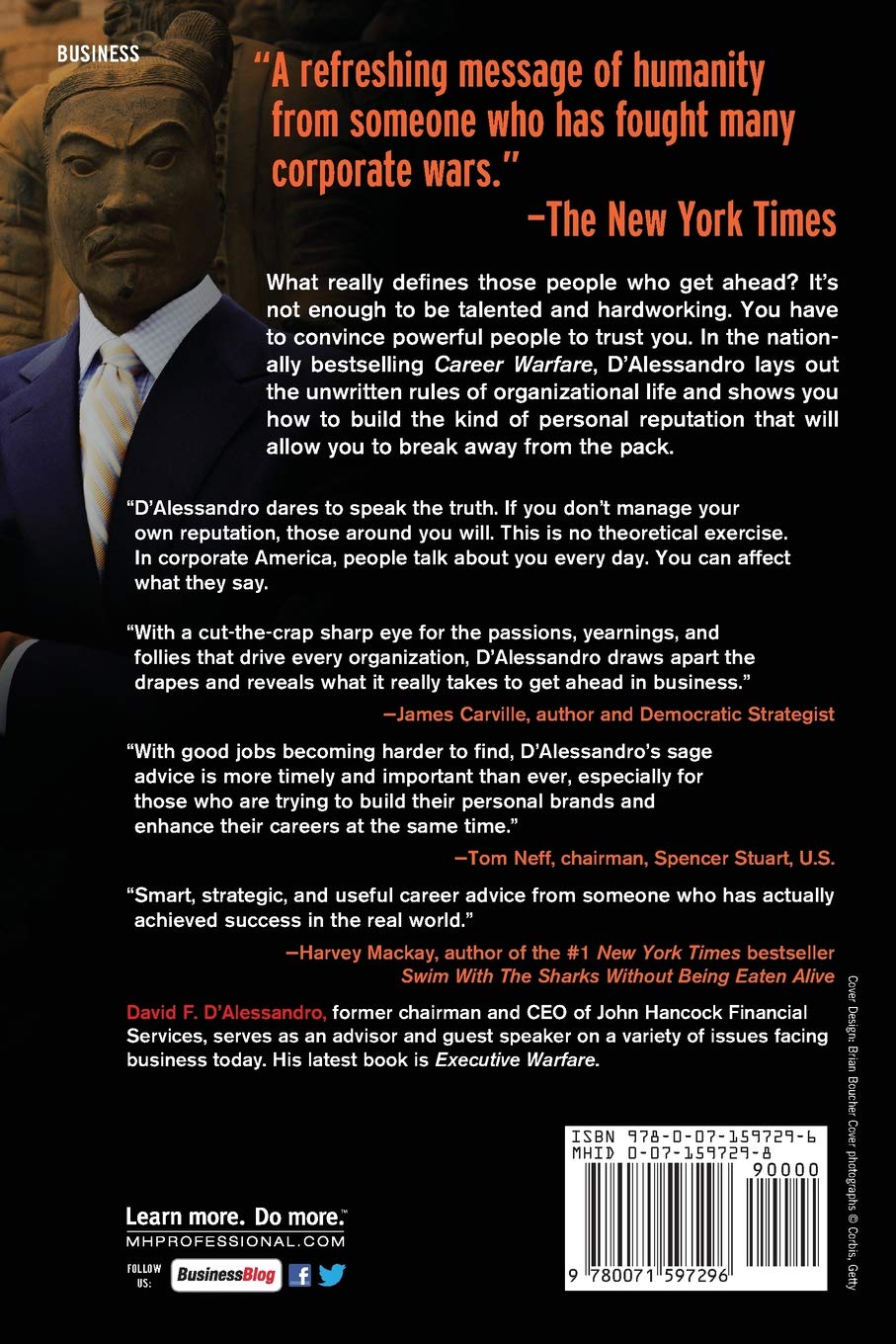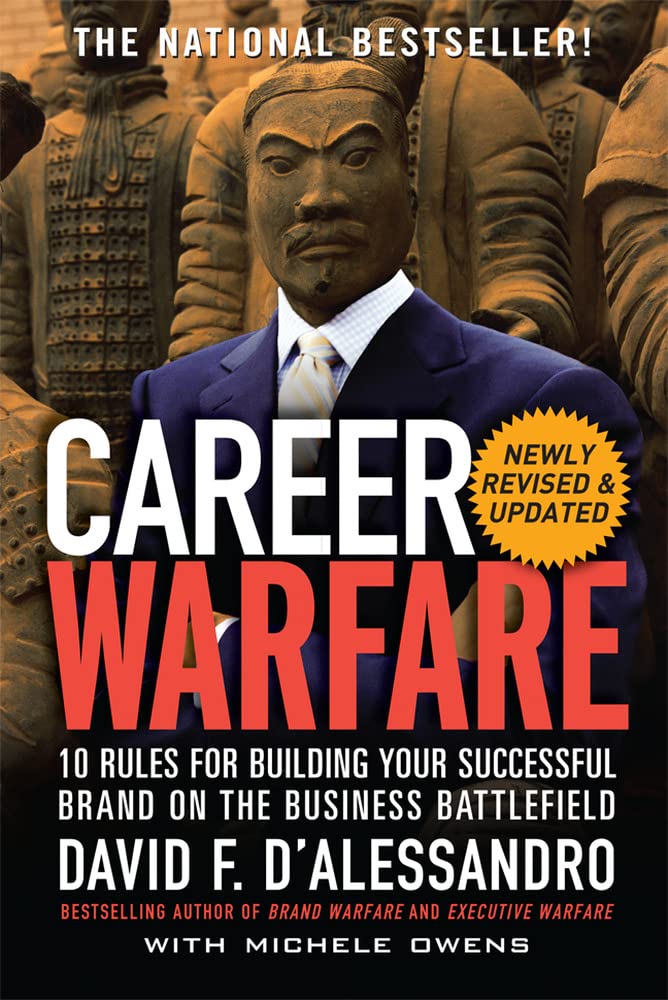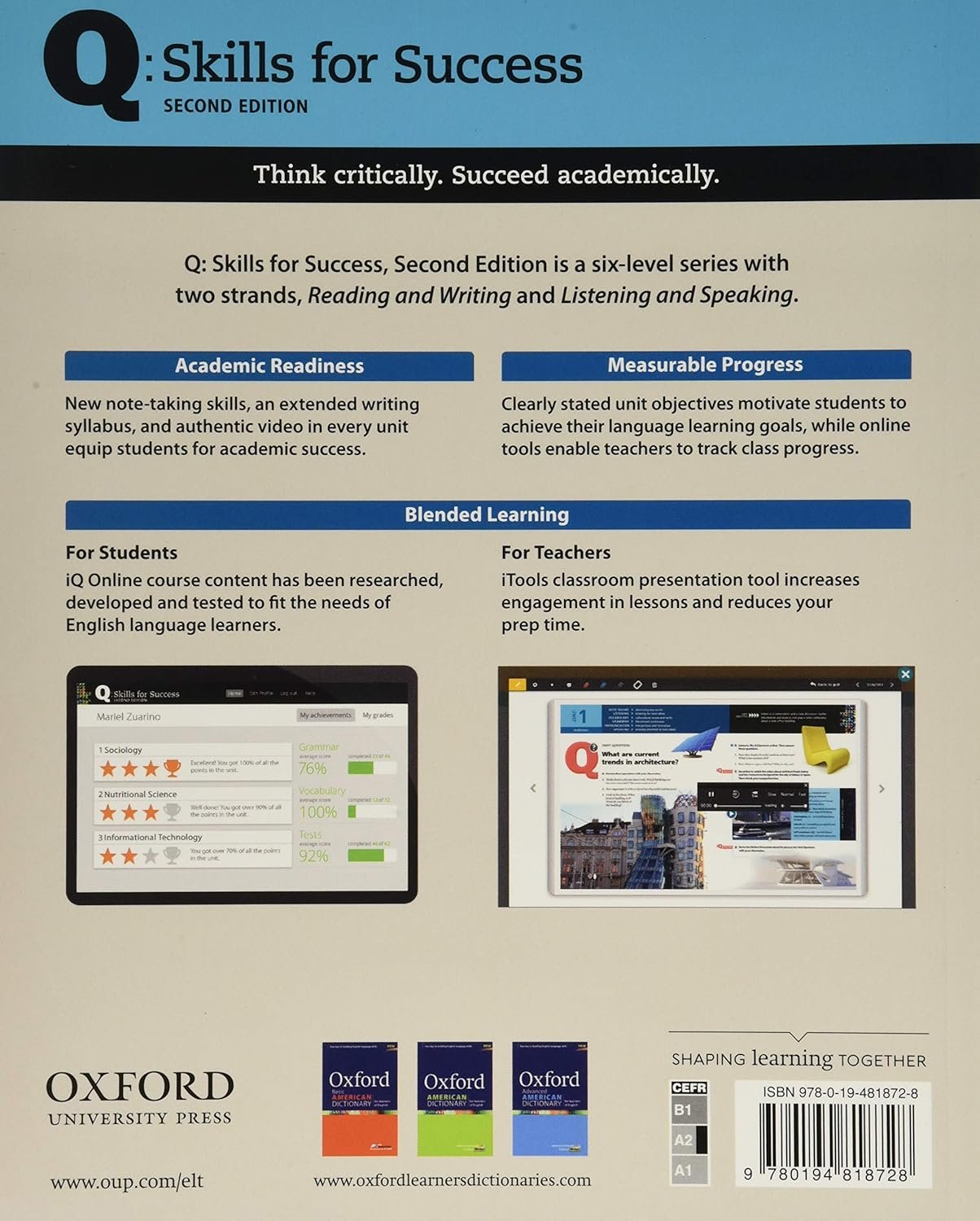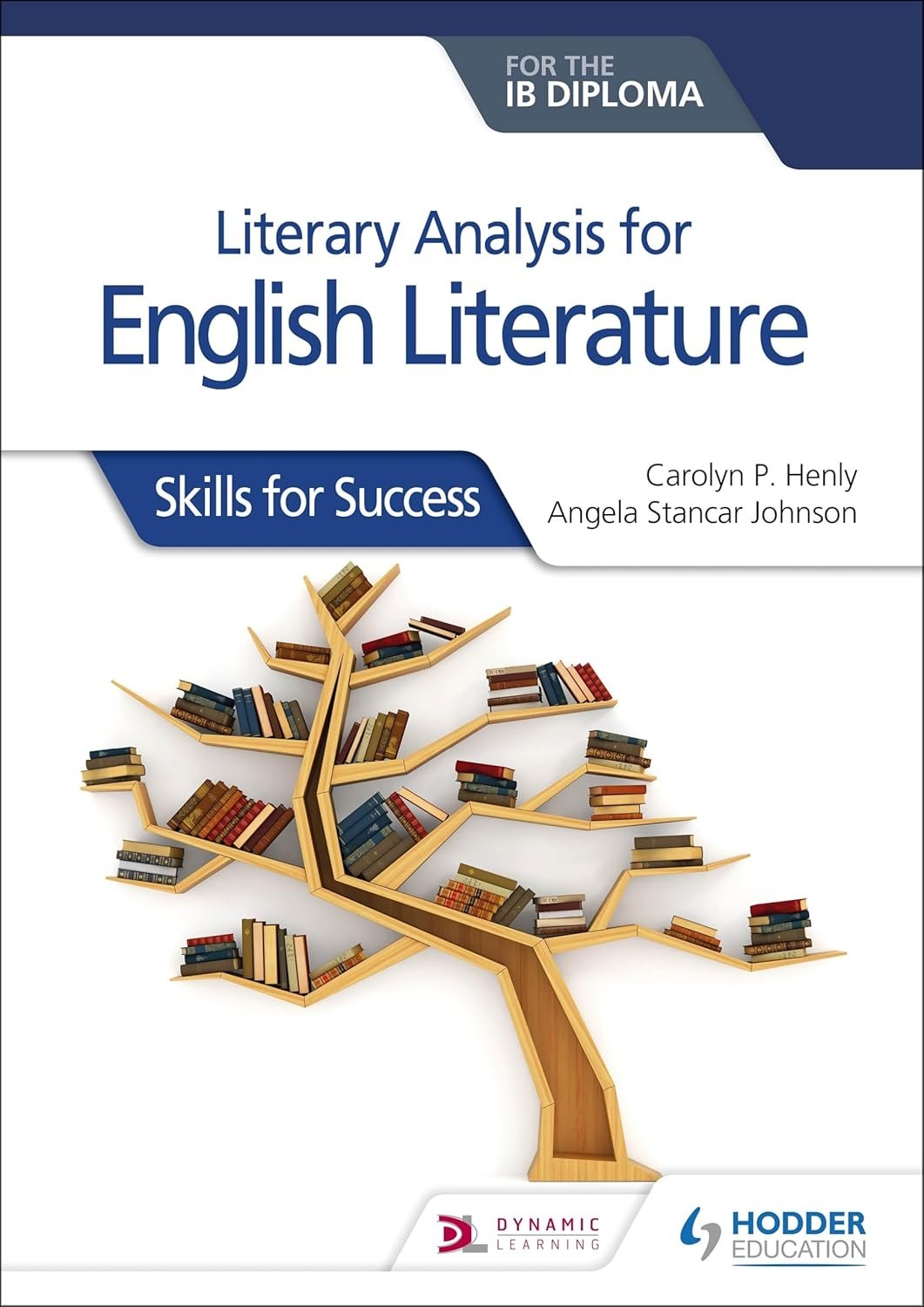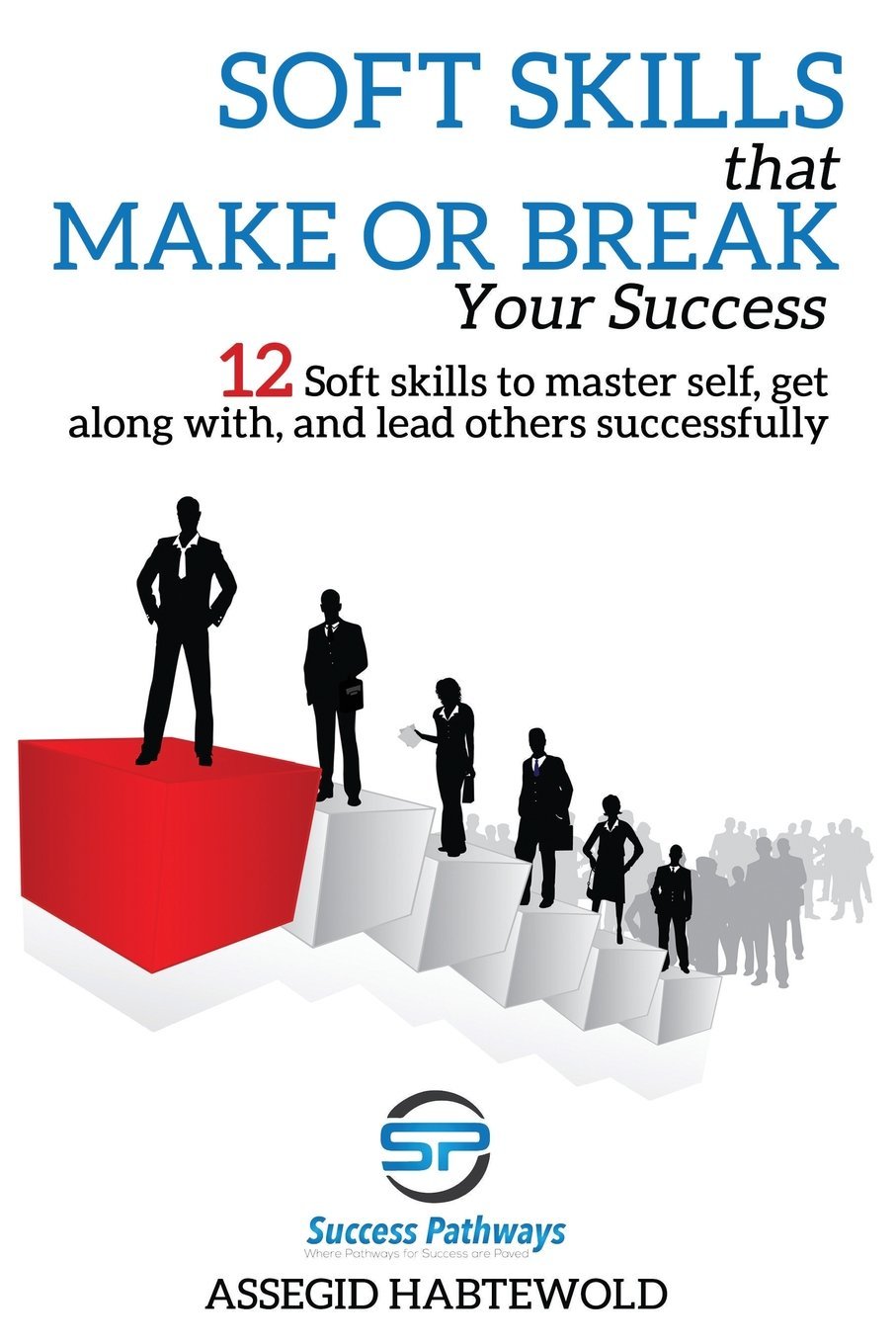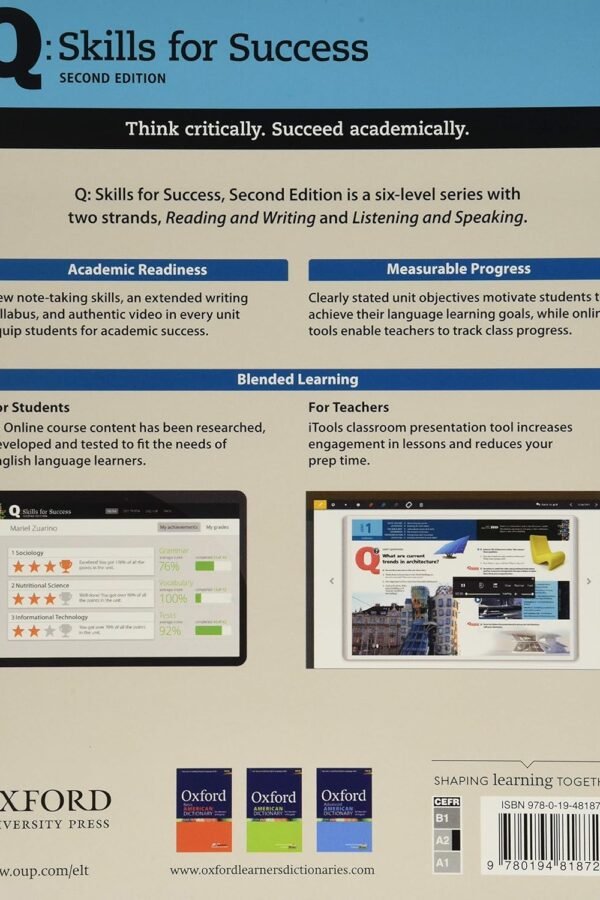In “Career Warfare: 10 Rules for Building a Successful Personal Brand on the Business Battlefield,” author David D’Alessandro offers a strategic guide for navigating the competitive landscape of the corporate world. This insightful book provides you with crucial tips and proven strategies to develop and maintain a personal brand that stands out in any industry. Through engaging anecdotes and practical advice, you’ll learn how to position yourself effectively, cultivate a strong professional image, and achieve long-term career success. Dive in and discover how you can turn the challenges of the business battlefield into opportunities for growth and recognition. Have you ever wondered what it takes to truly stand out and succeed in the corporate world? Well, “Career Warfare: 10 Rules for Building a Successful Personal Brand on the Business Battlefield” might just be the guide you need. Written by David F. D’Alessandro with Michele Owens, this insightful book provides a roadmap for creating a powerful personal brand that can set you apart in the competitive business environment.
Overview
“Career Warfare” isn’t just another self-help book. This compelling read combines personal anecdotes, practical advice, and actionable steps that help you understand and implement the elements of a successful personal brand. The book, released in paperback on July 2, 2008, still resonates with many professionals striving to make a mark in their careers.
Practical Tips and Real-World Examples
One of the best aspects of “Career Warfare” is its mix of practical tips and real-world examples. D’Alessandro doesn’t just tell you what to do; he shows you. Using his experiences as the former CEO of John Hancock Financial Services, he outlines specific strategies for navigating corporate politics, making impactful connections, and building a reputation that speaks for itself.
Actionable Steps
Each chapter ends with actionable steps that you can readily apply, making it easier to assimilate and practice what you’ve learned. This approach ensures that you’re not just passively reading but actively engaging with the material, thereby internalizing the core principles effectively.
Real-Life Scenarios
The book shines a light on real-life scenarios, giving you a behind-the-scenes look at what goes on at the upper echelons of business. These involving stories add depth to the information, allowing you to visualize how the principles can be applied in actual corporate situations.
| Aspect | Description |
|---|---|
| Actionable Steps | Recommendations at the end of each chapter to help you practice the principles. |
| Real-Life Scenarios | Engaging stories from D’Alessandro’s career, showing practical application. |
| Practical Tips | Steps that are rooted in real business environments and can be immediately applied. |
Friendly and Engaging Tone
Even though it’s filled with professional wisdom, the tone of the book is friendly and approachable. D’Alessandro’s conversational style makes it enjoyable to read, so you don’t feel like you’re slogging through a textbook.
The 10 Rules
Rule 1: Try to Look Beyond Your Own Navel
D’Alessandro starts with the principle of self-awareness, which is crucial for building a personal brand. He emphasizes the importance of being attentive to your surroundings, colleagues, and the broader environment in which your business operates.
Rule 2: Like It or Not, Your Boss is the Coauthor of Your Brand
Your relationship with your boss plays a significant role in your career trajectory. This rule underscores the importance of managing up, ensuring that your interactions with your superiors contribute positively to your brand.
Rule 3: Put Your Boss on the Couch
Here, D’Alessandro advises you to understand your boss’s personality, motivations, and expectations. By doing so, you can align your actions to meet their needs, which can, in turn, benefit your career.
Rule 4: Learn Which One is the Pickle Fork
Corporate culture comes with its own set of unwritten rules. D’Alessandro demystifies these protocols, helping you navigate corporate etiquette, from how you dress to how you interact in social settings.
Rule 5: Kenny Rogers is Right
“Kenny Rogers is Right” refers to the song “The Gambler,” emphasizing the importance of knowing when to hold ’em or fold ’em. In a career context, it’s about making strategic decisions regarding when to push an issue or let it go.
Rule 6: It’s Always Show Time
Perception often becomes reality in the corporate world. The sixth rule focuses on the importance of always being ‘on’—recognizing that you’re continually being judged by your behavior, even during informal interactions.
Rule 7: Make the Right Enemies
Navigating the corporate world comes with conflicts and competition. This rule deals with the idea that not all enemies are bad. Sometimes, aligning against the right people can actually help bolster your career.
Rule 8: Try Not to be Swallowed by the Bubble
The corporate bubble can be intoxicating, but it’s essential to maintain a sense of reality. Stay grounded and connected to perspectives outside your immediate business environment.
Rule 9: The Higher You Fly, the More You Will Be Shot At
With success comes scrutiny. D’Alessandro explores how to handle criticism and jealousy that might come your way as you climb higher on the corporate ladder.
Rule 10: Everyone Could Use a Good Editor
Finally, the tenth rule highlights the importance of feedback. Whether it’s through mentors, colleagues, or even through self-assessment, continuously refine your brand by being open to constructive criticism.
Personal Branding in Depth
Self-Awareness
D’Alessandro emphasizes the significance of knowing how others perceive you. Self-awareness is the starting point for building a successful personal brand. Without understanding your strengths and weaknesses, it’s challenging to improve or make the necessary adjustments in your career strategy.
Managing Relationships
Building and managing professional relationships is at the heart of personal branding. D’Alessandro discusses how to foster relationships that can advance your career while avoiding those that may prove detrimental.
Corporate Navigation
The book provides valuable insights into the art of navigating complex corporate structures. From understanding the unspoken rules to recognizing opportunities for advancement, D’Alessandro’s advice is both comprehensive and pragmatic.
Continuous Improvement
Continuous learning and self-improvement are essential components of a successful personal brand. The book encourages readers to never settle and to always seek ways to enhance their skills and reputation.
| Component | Importance |
|---|---|
| Self-Awareness | Understanding how others perceive you, knowing your strengths and weaknesses. |
| Managing Relationships | Fostering beneficial professional relationships, avoiding detrimental ones. |
| Corporate Navigation | Mastering the unspoken rules, recognizing opportunities for career advancement. |
| Continuous Improvement | Always seeking ways to enhance skills and reputation. |
Communication Skills
Effective communication is pivotal for personal branding. D’Alessandro discusses how to convey your message clearly and confidently, whether in meetings, presentations, or one-on-one interactions.
Success Stories
D’Alessandro doesn’t just talk about principles in the abstract; he includes success stories of individuals who have effectively applied these rules. These stories make the concepts more relatable and offer a clear picture of what successful personal branding looks like in practice.
Real-Life Examples
The book includes a wealth of real-life examples—from executives who have navigated the corporate ladder to individuals who have turned around their careers by improving their personal brands.
Case Studies
In addition to anecdotes, the book provides detailed case studies that examine the strategies of successful individuals. These case studies offer a comprehensive look at how the ten rules can be applied in different business contexts.
Criticisms and Praise
Cons
While the book has received a lot of praise, it isn’t without its criticisms. Some readers feel that it’s more suited for those already deep into their corporate careers rather than those just starting out. Others think that the advice can be somewhat cynical, focusing too much on navigating office politics rather than genuinely fostering good relationships.
Pros
On the flip side, the book’s strong points lie in its practical advice and real-world applicability. The conversational tone makes complex ideas easier to digest, and the actionable steps make it easy to start building your brand immediately.
| Aspect | Criticism | Praise |
|---|---|---|
| Audience | More suited for seasoned professionals rather than beginners. | Practical advice applicable for anyone looking to build a personal brand. |
| Tone | Somewhat cynical, focusing on office politics. | Conversational, making complex ideas easier to understand. |
| Real-World Application | Some readers feel the advice can be overly pragmatic. | Actionable steps and real-life examples make it easy to apply principles immediately. |
Industry Impact
Despite its criticisms, “Career Warfare” remains a widely-read book and is often recommended by professionals and career coaches. Its impact on the field of personal development and branding is significant, helping many individuals navigate their careers more effectively.
Conclusion
“Career Warfare: 10 Rules for Building a Successful Personal Brand on the Business Battlefield” is a must-read for anyone looking to thrive in the competitive world of business. It provides an insightful, in-depth look at personal branding, filled with practical advice and real-world examples. Whether you’re a seasoned professional or just starting out, D’Alessandro’s guide offers valuable strategies to help you succeed.
So, if you’re ready to build a standout personal brand and make your mark, this book might just be the tool you need. Happy reading, and good luck on your career battlefield!

